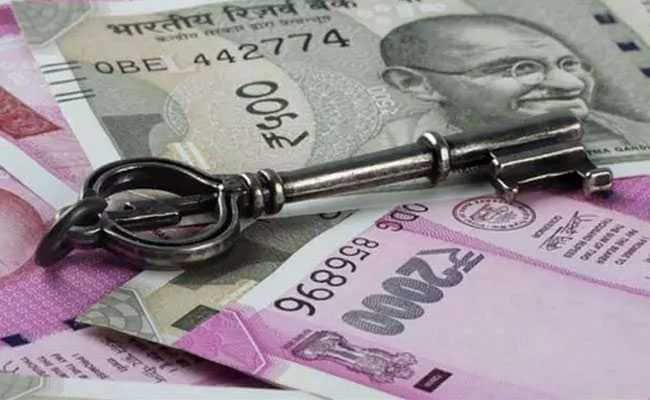The Employee Provident Fund, which provides financial security for Indian citizens working in the organized sector, is managed by the Employees Provident Fund Organization, a statutory organization in India.
The Provident Fund is a savings program that is based on contributions made by employees and their employers. Its goal is to build up a fund that can pay for things after retirement. Dependent upon explicit Opportune Asset withdrawal guidelines, the worker might get to or pull out the corpus made.
The withdrawal guidelines for the Provident Fund are as follows:
PF is intended to be withdrawn after a person retires. However, individuals can withdraw a portion of their PF account prior to its maturity under certain conditions. The circumstances that allow a person to withdraw the money early are as follows:
- In case of unemployment
If a person with a PF account loses their job after being unemployed for more than a month, they can get up to 75% of the money they have saved. In accordance with this clause, the account holder may also withdraw the remaining 25% if the period of unemployment is longer than two months. - Paying for higher education
Individuals can take 50 percent of the total employees’ EPF contribution out of their accounts to pay for higher education or to cover the cost of children’s education after grade 10 The funds will be transferable after a minimum of seven years of contributions to the EPF account.
3. Marriage
A recent development has shown that employees can take 50 percent of their shares to cover wedding costs. The person in question or the account holder’s son, daughter, brother, or sister must be the bride and groom. However, this provision cannot be used until seven years have passed without PF contributions.
- For people with disabilities
In accordance with the PF withdrawal regulations of 2023, holders of specially-abled accounts are permitted to withdraw six months’ worth of basic pay and dearness allowance or employee share with interest (whichever is less) to cover the cost of equipment. This choice was made with the intention of reducing the potential financial strain that people would experience when purchasing expensive equipment. - Needs for medical care
A person with a PF or EPF account can also use their EPF balance to pay for urgent medical care for a number of ailments. At this facility, self-use and paying for treatment for immediate family members are permitted. A dearness allowance, six months’ worth of basic pay, or the employee share plus interest may be withdrawn. - Pay off outstanding debt
People can pay off their home loan EMIs by withdrawing 36 months’ worth of their base salary plus their dearness allowance or their entire employee and employer contributions plus interest. However, you can only use this option if you have contributed to your EPF account for at least ten years. - To acquire a house or piece of land
The account holder may, in accordance with PF withdrawal regulations, initiate an early withdrawal to acquire vacant land or prefabricated homes. - For home renovation
The new regulations for the Provident Fund include a provision that permits withdrawals for home improvement up to the lesser of the employee’s share with interest and twelve months’ basic pay plus the Dearness Allowance. The PF account holder, his or her spouse, or both of them may own the residential property.
After finishing the residential property, a person can use this facility twice: once after 5 years and again after 10 years, when they can withdraw the PF amount for the first time. Past the age of 54 or one years before retirement, account holders are likewise allowed to pull out up to 90% of the accumulated assets under the overhauled EPF withdrawal measures.






















